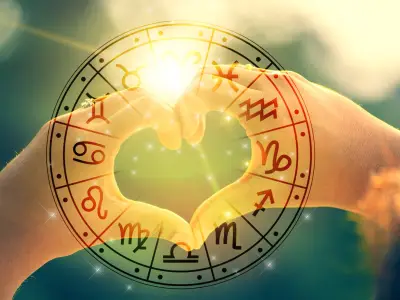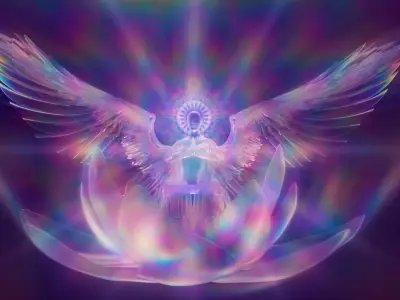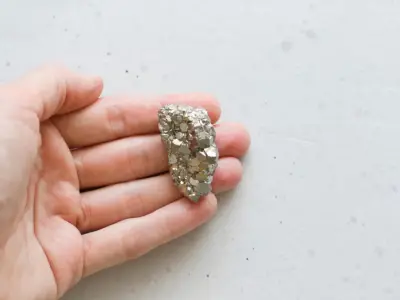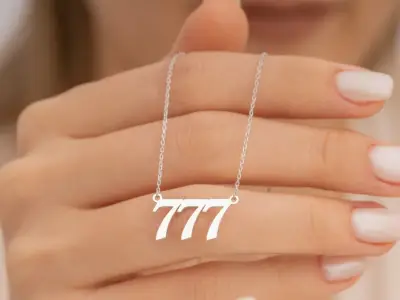Irish mythology is a fascinating tapestry of tales and legends, woven with characters and creatures that have captivated the imagination for centuries. From the mist-shrouded hills of Ireland come stories of mythical beings, each with their own unique characteristics and tales.
If you're curious about the magical and sometimes eerie world of Irish folklore, you're in for a treat. Let's dive into the world of mythological Irish creatures, exploring their myths and the legends behind them.
Jump to:
- The Leprechaun: Ireland's Most Famous Mythical Creature
- Banshees: The Wailing Spirits
- Abhartach: The Irish Vampire Legend
- The Púca: Shapeshifting Tricksters
- Dragons: Powerful and Wise
- The Selkie: Seal Spirits of the Sea
- The Dullahan: The Headless Horseman
- The Morrigan: Phantom Queen
- The Fir Bolg: The Dark Demons
- The Cailleach: The Hag of Winter
- The Aos Sí: The Fairy Folk
- Frequently Asked Questions About Irish Mythological Creatures
1. The Leprechaun: Ireland's Most Famous Mythical Creature
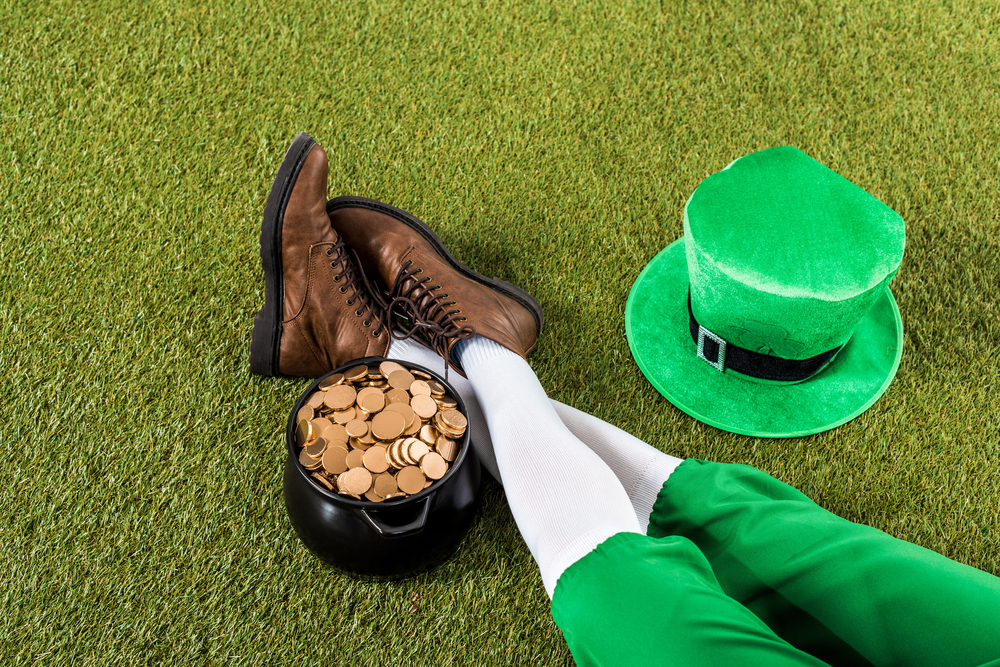
The leprechaun is an iconic Irish mythical creature that is often depicted as a mischievous small, bearded man wearing a coat and hat. The legend of the leprechaun is one of the most recognisable in Irish folklore. These solitary figures are said to possess a hidden pot of gold at the end of the rainbow, and capturing one might grant you three wishes. However, leprechauns are tricky, and they're known to deceive those who seek their treasure.
2. Banshees: The Wailing Spirits
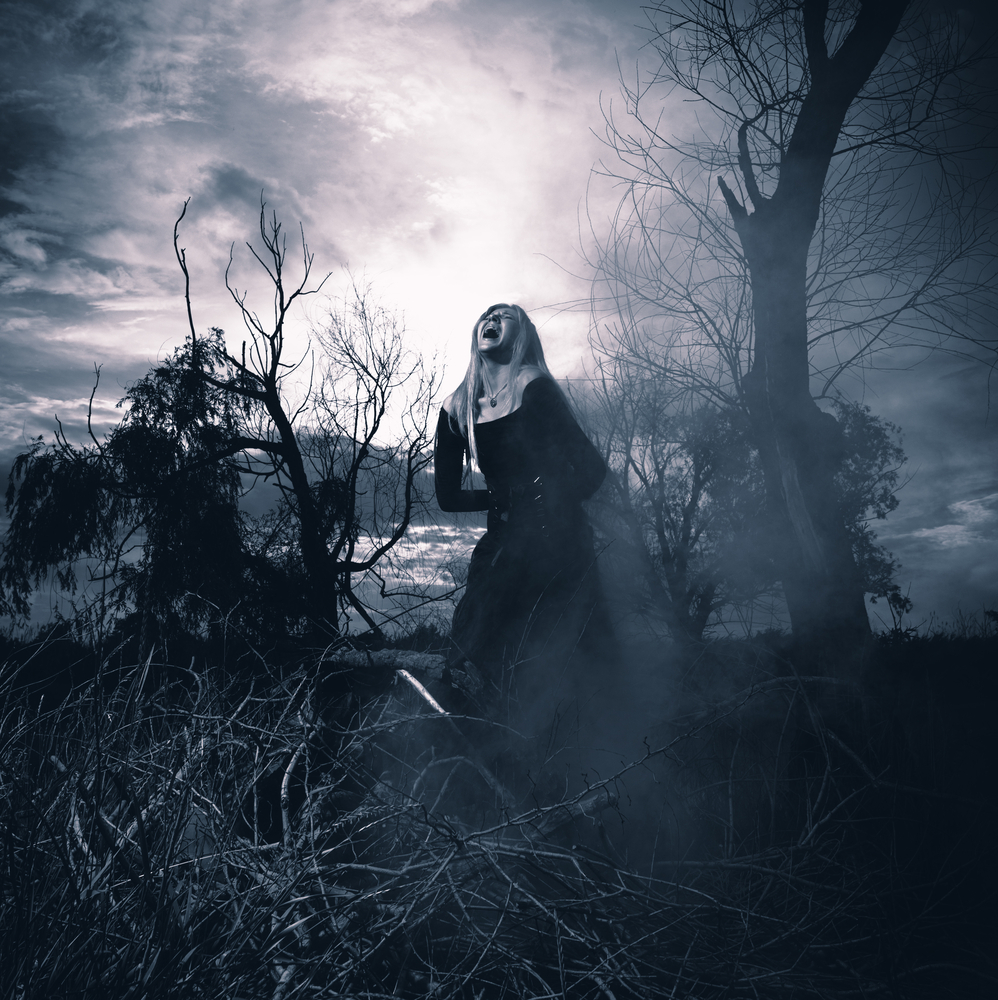
The Banshee, or 'bean sí' in Irish, is one of the most poignant figures in Irish folklore. This female spirit is said to foretell the death of a family member by wailing or keening. The cry of a banshee is not intended to cause harm but rather to mourn the impending loss. She is often depicted as an old woman or a beautiful maiden, and her presence is a deeply emotional symbol of the connection between the living and the dead.
3. Abhartach: The Irish Vampire Legend
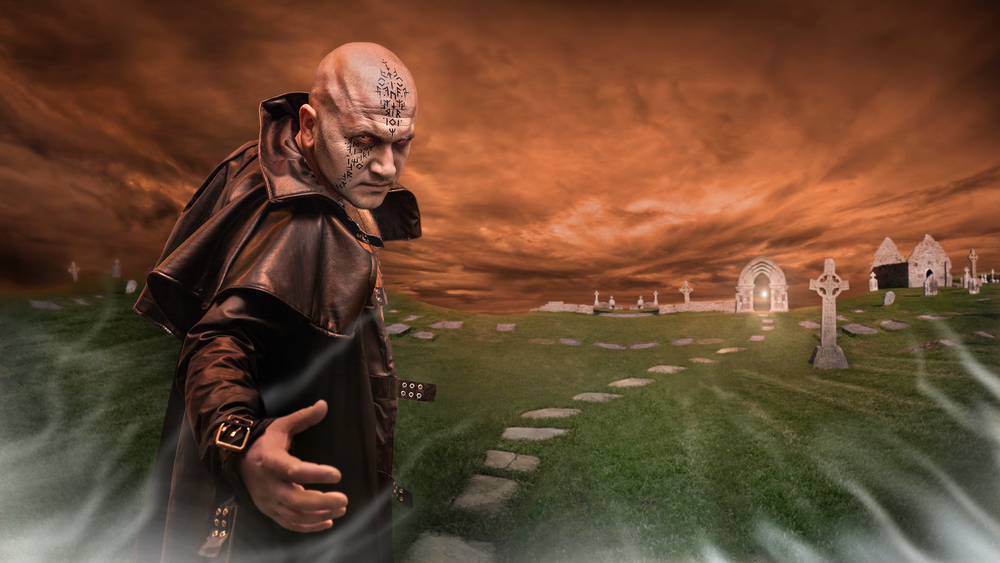
Abhartach is a lesser-known yet fascinating character in Irish mythology. This figure is often cited as an inspiration for modern vampire tales. According to legend, Abhartach was an evil chieftain who rose from his grave to drink the blood of his subjects. He was eventually defeated by being buried upside down, a story that combines elements of horror with the battle between good and evil.
4. The Púca: Shapeshifting Tricksters
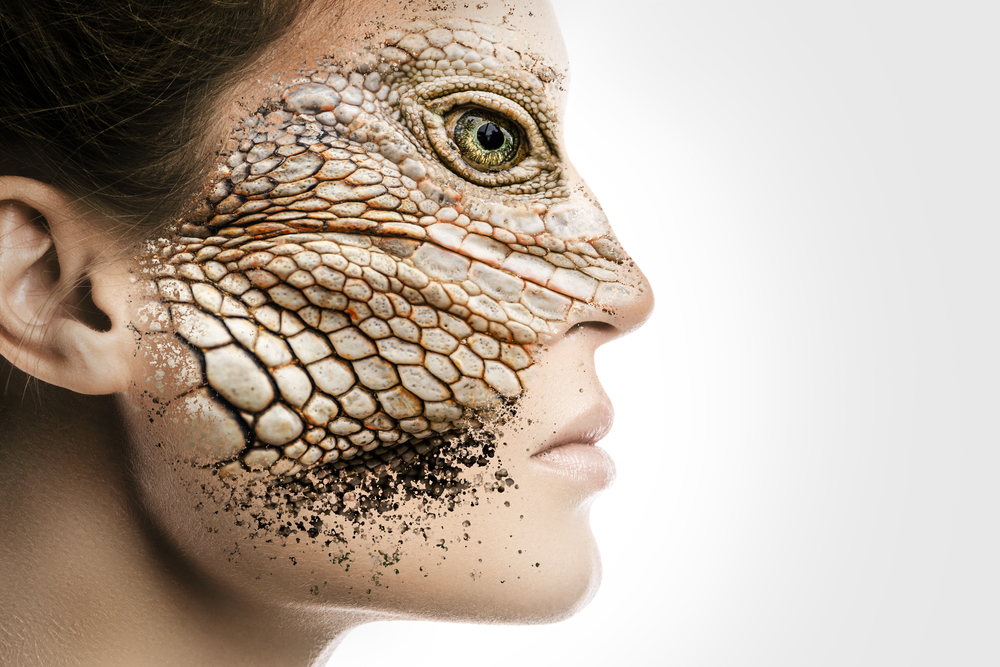
The púca, or pooka, is a shapeshifting creature known in Irish folklore. These beings can take various forms, including horses, rabbits, goats, and even humans. Púcas are known for their cunning and for bringing either good fortune or doom to those they encounter. Their unpredictable nature makes them one of the most intriguing Irish folklore characters, embodying the unpredictable forces of nature.
5. Dragons
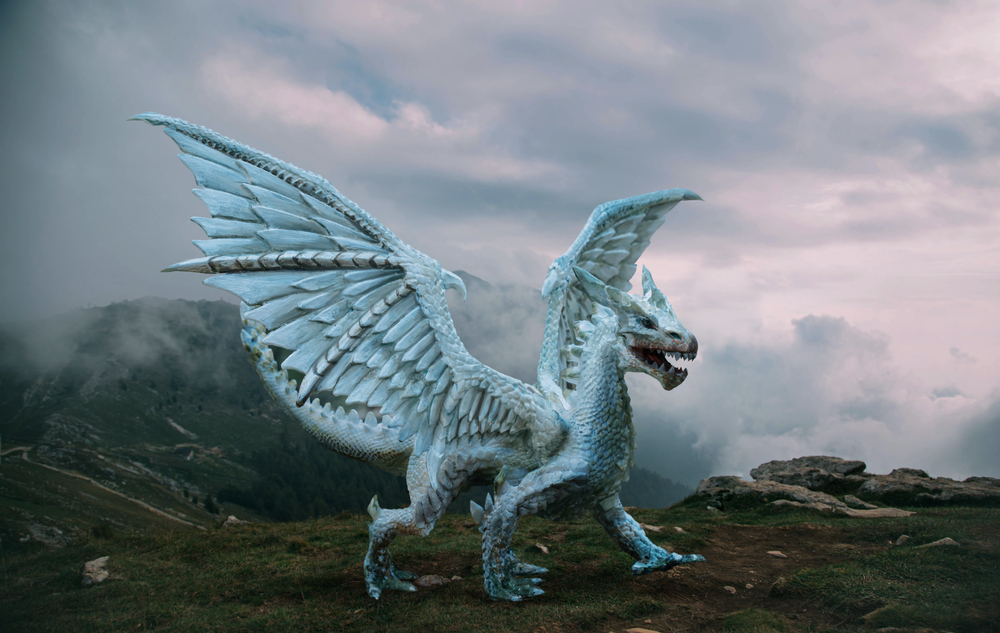
While dragons are more commonly associated with Welsh mythology, Irish folklore also tells of these mighty beasts. Celtic dragons are seen as powerful and wise creatures, often connected to the land and its fertility. They are symbols of power and protection, guarding treasures and sacred sites. The stories of dragons in Celtic myth highlight the respect and awe these creatures inspired in ancient times.
6. The Selkie: Seal Spirits of the Sea
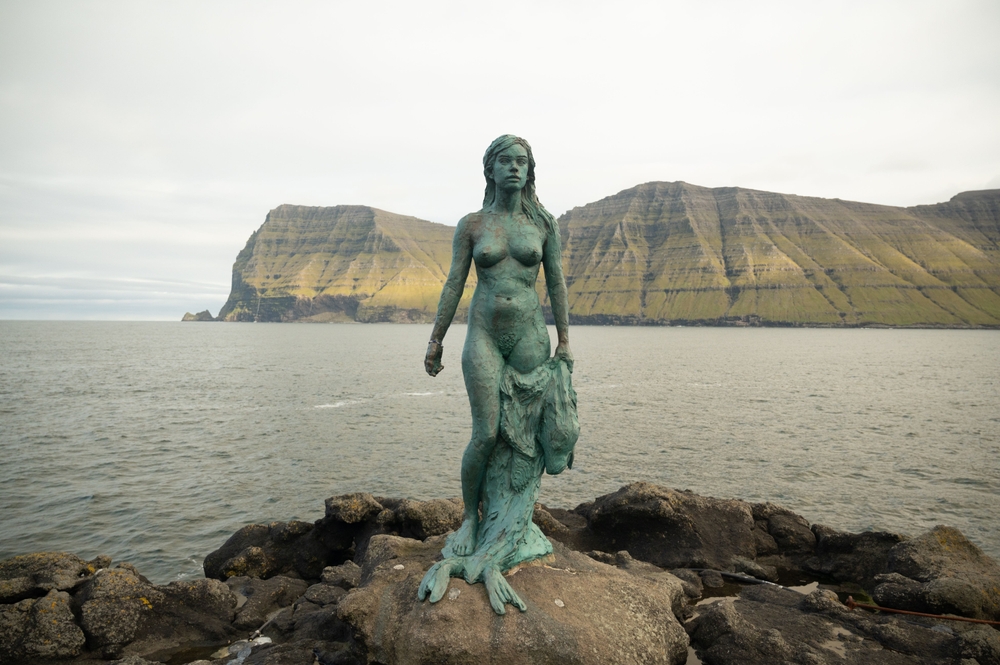
The selkie is a captivating creature found in Irish and Scottish folklore, known for its ability to transform from a seal into a human by shedding its skin. These mythological beings are often associated with tales of love and longing, as they live in the sea but occasionally come ashore, taking human form. Selkie stories usually involve themes of enchantment and the deep, unbreakable bonds between the selkie and the sea. A common tale tells of a human stealing a selkie's seal skin, thus preventing them from returning to their true home in the water, leading to tales of loss, love, and longing.
7. The Dullahan: The Headless Horseman
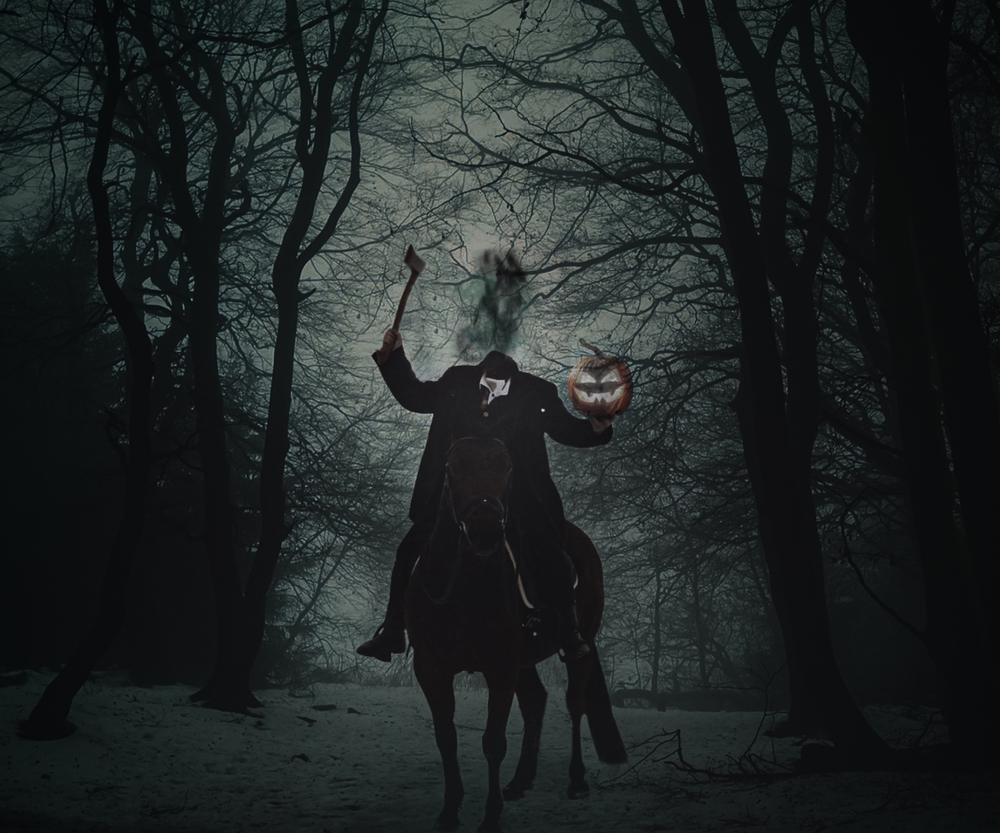
The Dullahan is a fearsome figure in Irish mythology, often referred to as Ireland's own boogeyman. This headless rider on a black horse carries his own head under one arm. The Dullahan's appearance is an omen of death, and it is said that when he stops riding, a person will die. The creature uses a human spine as a whip and its head has a ghastly grin that stretches from ear to ear. The legends say that the Dullahan's eyes can see across the countryside, even during the darkest nights.
8. The Morrigan: Phantom Queen
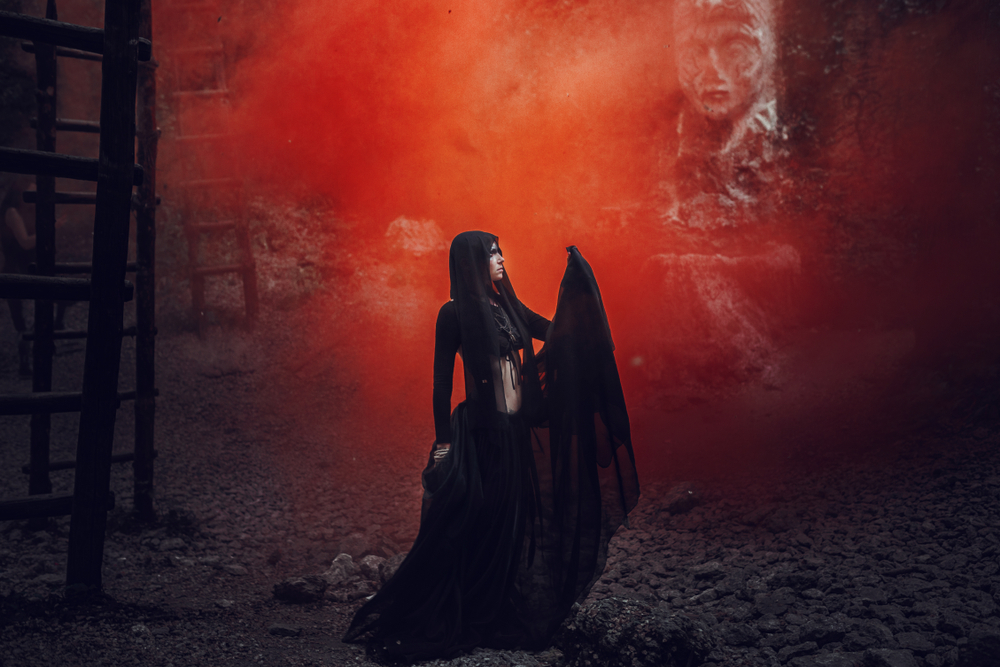
The Morrigan is a powerful figure in Celtic mythology, often associated with war, destiny, and fate. She is known as the Phantom Queen and is said to be able to predict the death of warriors in battle. The Morrigan is often depicted as a trio of sisters, each representing different aspects of battle, such as strength, sovereignty, and prophecy. She could transform into a crow or raven, flying over the battlefield and influencing the outcome of the fight. The Morrigan's presence in mythology showcases the Celts' respect for the balance of life and death.
9. The Fir Bolg: The Dark Demons
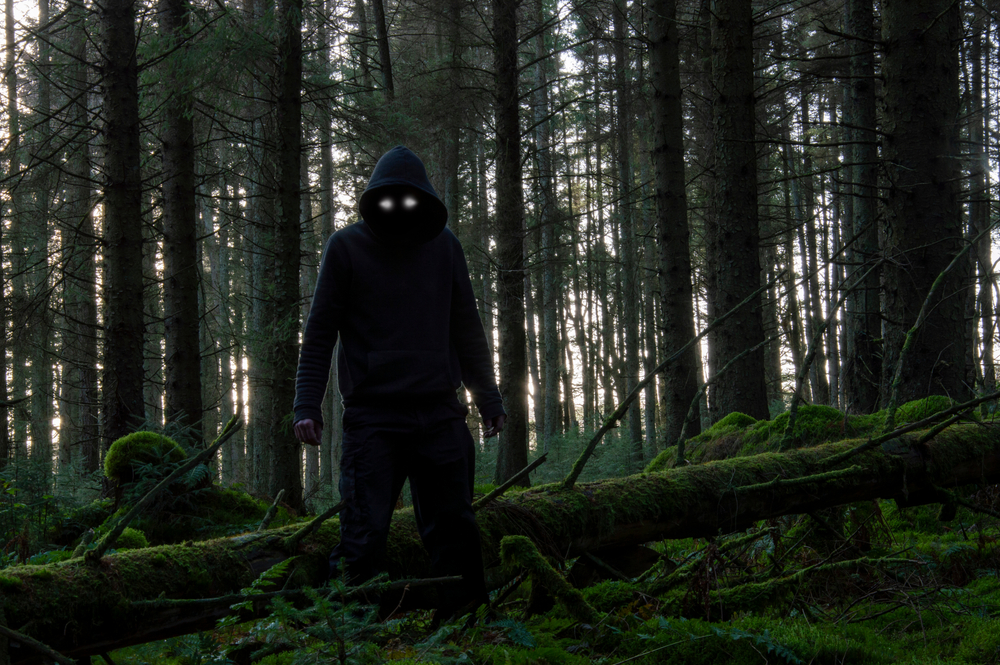
The Fir Bolg are considered one of the ancient mythical races of Ireland, often described as dark demons or giants. Before the arrival of the Tuatha Dé Danann (the people of the goddess Danu), the Fir Bolg were said to rule Ireland. They are associated with strength and manual labour, having been said to carry bags of soil to create the fertile lands of Ireland. Though eventually defeated by the Tuatha Dé Danann, the Fir Bolg are remembered in tales for their formidable strength and their contribution to the shaping of Ireland's landscape.
10. The Cailleach: The Hag of Winter
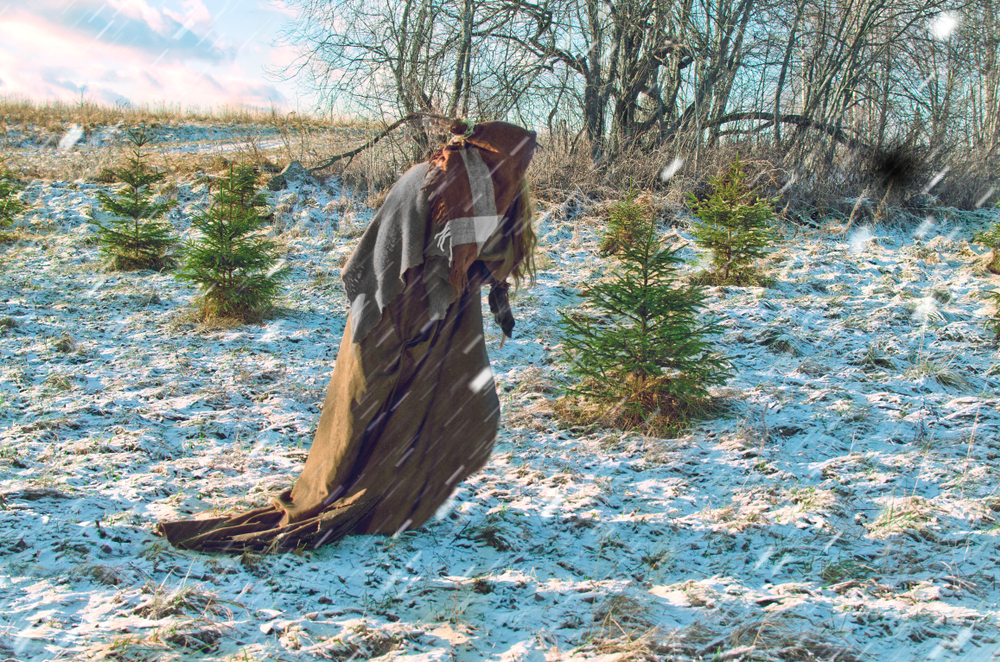
The Cailleach is an ancient Celtic deity, often portrayed as a hag or an old woman. She is associated with winter, storms, and the harshness of nature. The Cailleach is believed to be a creator goddess, shaping the land through her elemental powers. As the bringer of winter, she ushers in the season by washing her plaid in the whirlpool, turning it to snow. The Cailleach is also seen as a guardian of the animals during the winter months, especially deer. Her legends embody the cycle of life, death, and rebirth, reminding us of nature's power and resilience.
11. The Aos Sí: The Fairy Folk
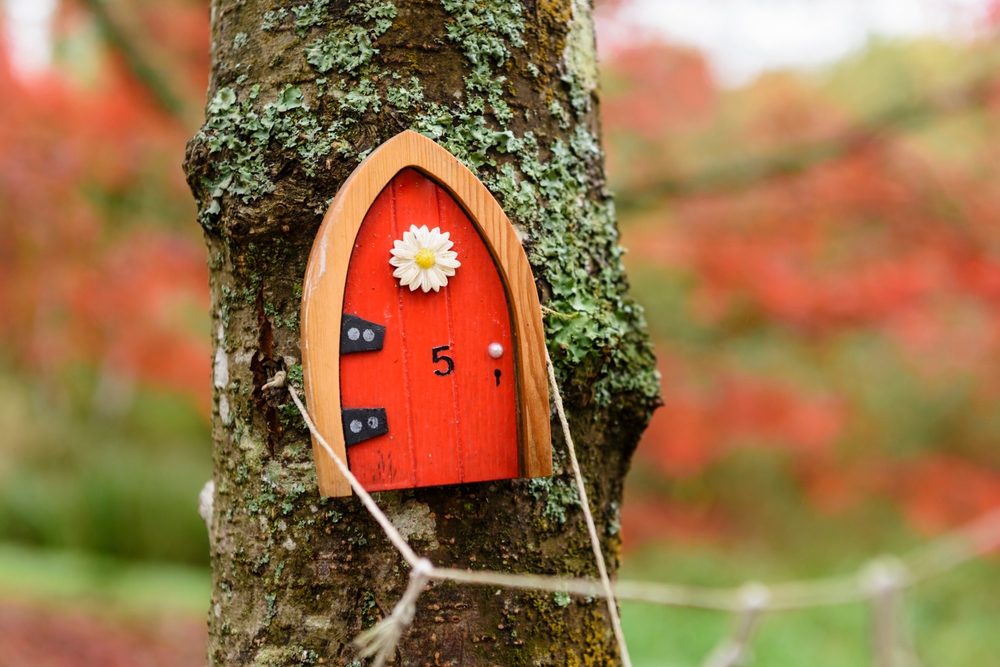
The Aos Sí, or sídhe, are the fairy folk of Irish mythology, dwelling in the ancient barrows and mounds that dot the Irish landscape. These beings are thought to be the remnants of the Tuatha Dé Danann, living in a parallel world to humans. They are guardians of nature, possessing powers over the elements and a connection to the ancestors. The Aos Sí are celebrated and respected in Irish culture, with many traditions aimed at avoiding their wrath or gaining their favour. Tales of the Aos Sí remind us of the deep connection between the Irish people and the natural world.
Frequently Asked Questions About Irish Mythological Creatures
Can Irish Mythological Creatures Be Found in Other Cultures?
Many creatures found in Irish mythology, like dragons and shape-shifters, appear in various forms across different cultures. However, the context, characteristics, and stories surrounding these creatures in Irish folklore are unique, reflecting Ireland's history, landscapes, and belief systems.
How Did Irish Mythology Influence Modern Literature and Media?
Irish mythology has influenced modern literature, film, and media. Elements of these ancient tales can be seen in fantasy literature, movies, and TV shows that incorporate mystical lands, legendary battles, and mythical creatures. Writers like W.B. Yeats and J.R.R. Tolkien have drawn inspiration from Celtic mythology, bringing its themes and characters to a global audience.
Are There Still Celebrations or Festivals in Ireland That Honour These Mythical Creatures?
Many contemporary Irish festivals and celebrations have roots in ancient mythology and pay homage to Ireland's mythical past. For example, Samhain, now celebrated as Halloween, has origins in ancient Celtic traditions. Other festivals celebrate the seasons, landscapes, and stories that are central to Irish mythology, keeping the connection to these ancient tales alive.
How Do Irish Myths Influence Ireland's Cultural Identity Today?
Irish myths play an important role in shaping Ireland's cultural identity, influencing everything from literature and art to social customs and national identity. These stories provide a sense of shared heritage and continue to inspire creativity and pride in the richness of Irish culture and history.
Recommended for you!
Best SellersExplore Irish Mythology with Centre of Excellence
Delve into the captivating world of Irish legends with our Irish Mythology Diploma Course, crafted to bring ancient myths to life through engaging and insightful learning.
Why Centre of Excellence?
- Inclusivity: We believe in making education accessible to all. That's why our courses are priced to welcome everyone.
- Learn on Your Terms: Our courses are designed for ultimate flexibility, allowing you to learn at your own pace and fit your studies around your unique schedule.
- Broad Spectrum of Knowledge: The course encompasses a wide range of topics within Irish mythology, offering something for every enthusiast, from ancient legends to mythical creatures.
- Dedicated Support: Enrolment comes with personalised tutor support and the chance to connect with a like-minded community, ensuring you're supported throughout your educational journey.
Special Invitation
We are excited to offer you our Irish Mythology Diploma Course at an exceptional price of £29 for a limited time, offering savings of over £100!










